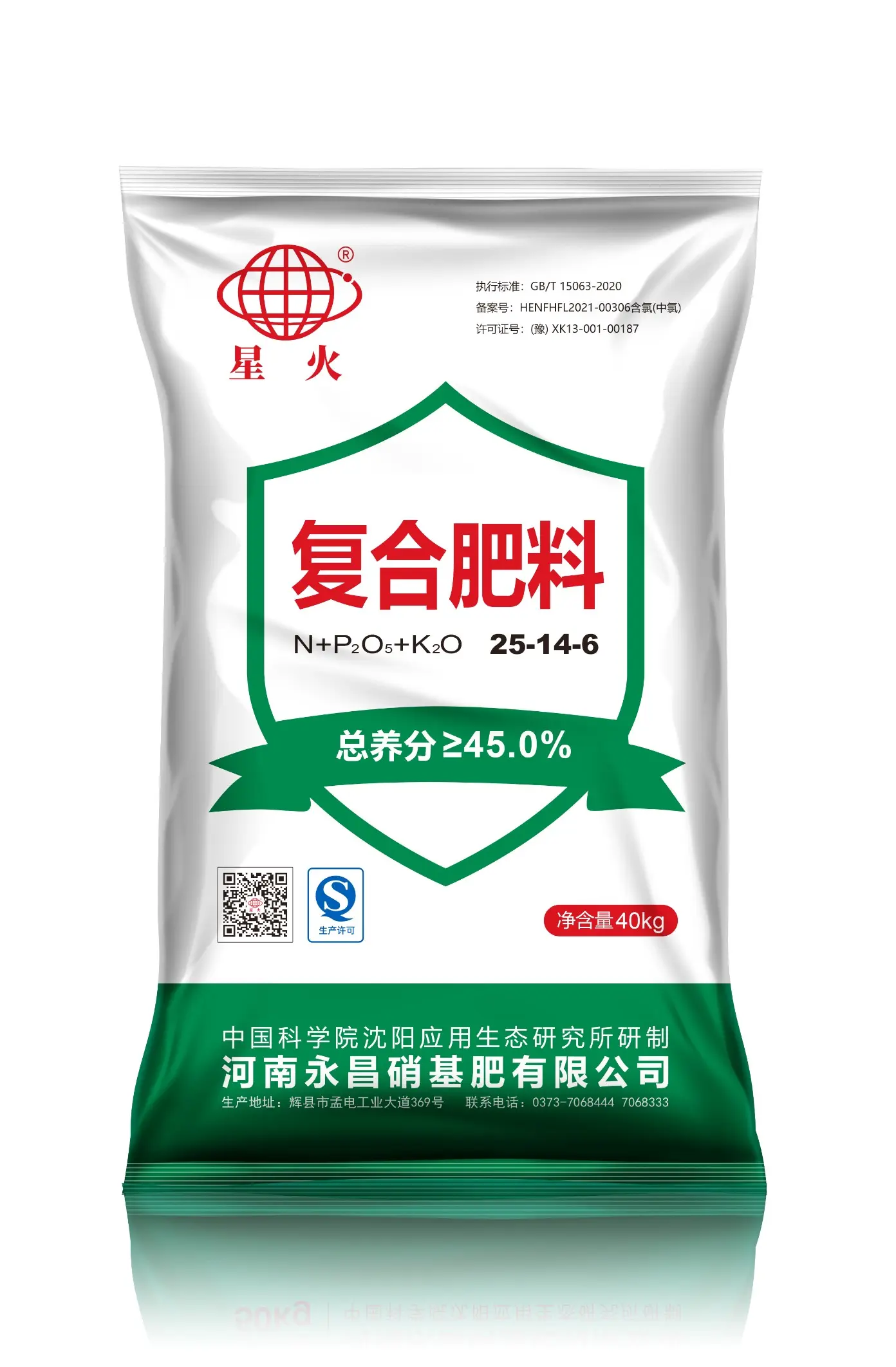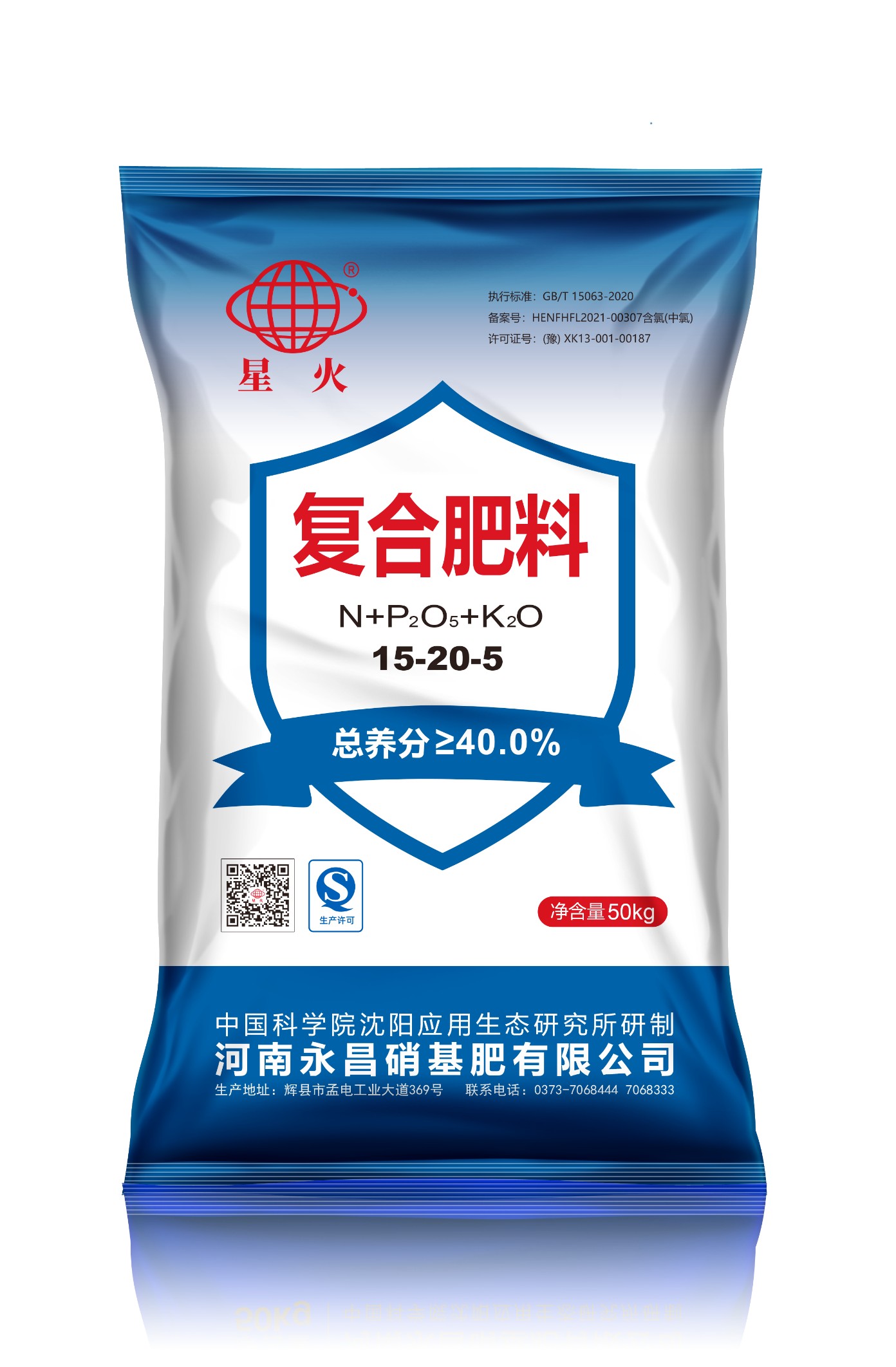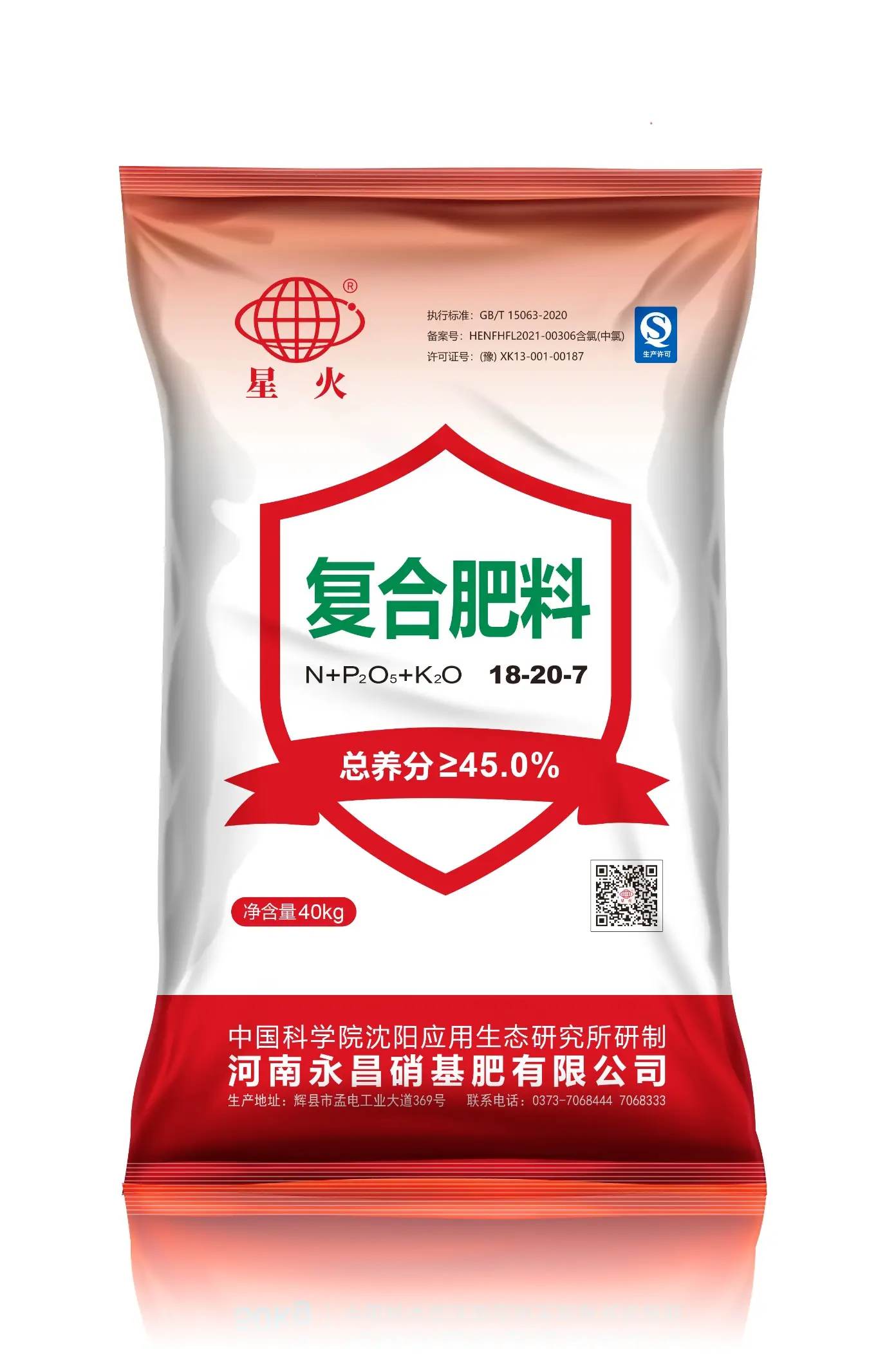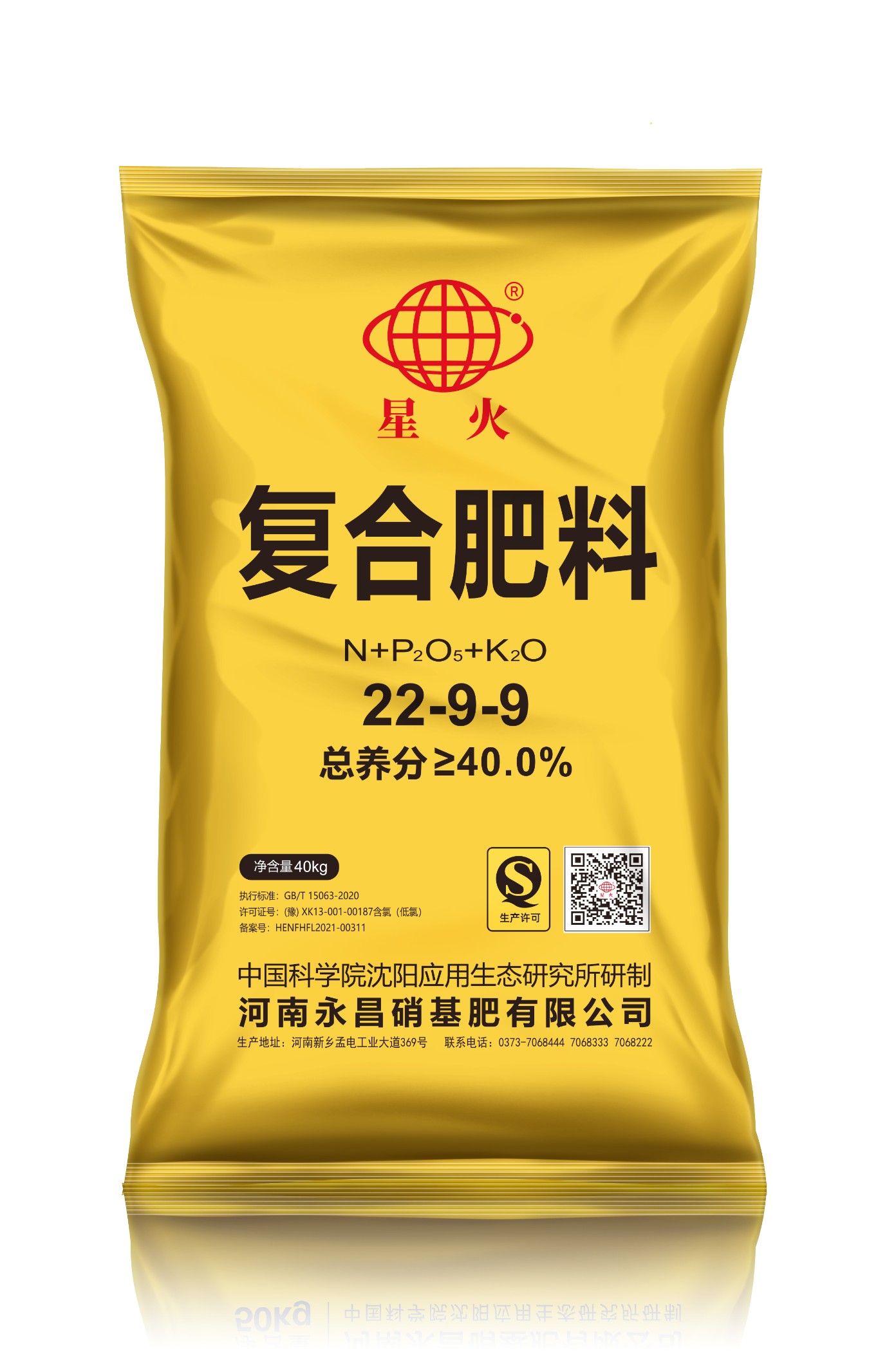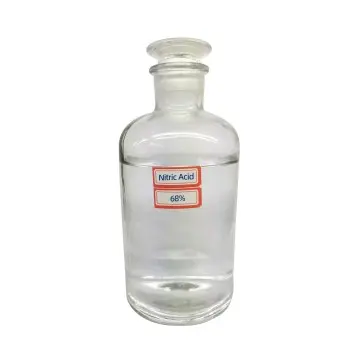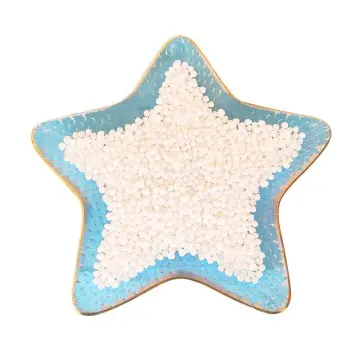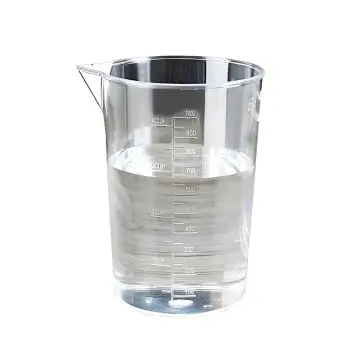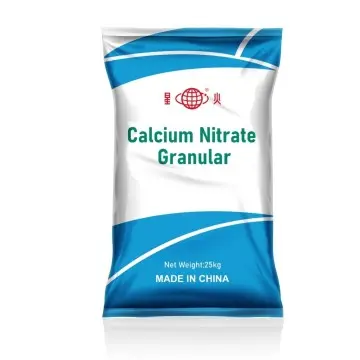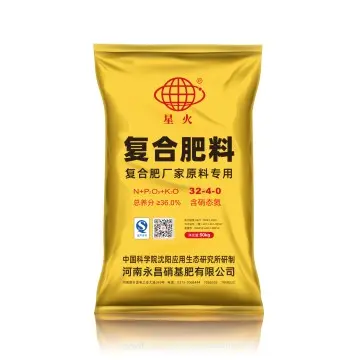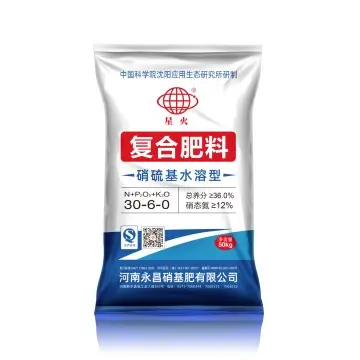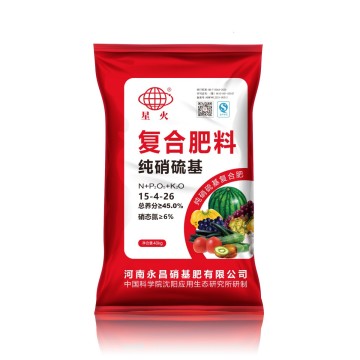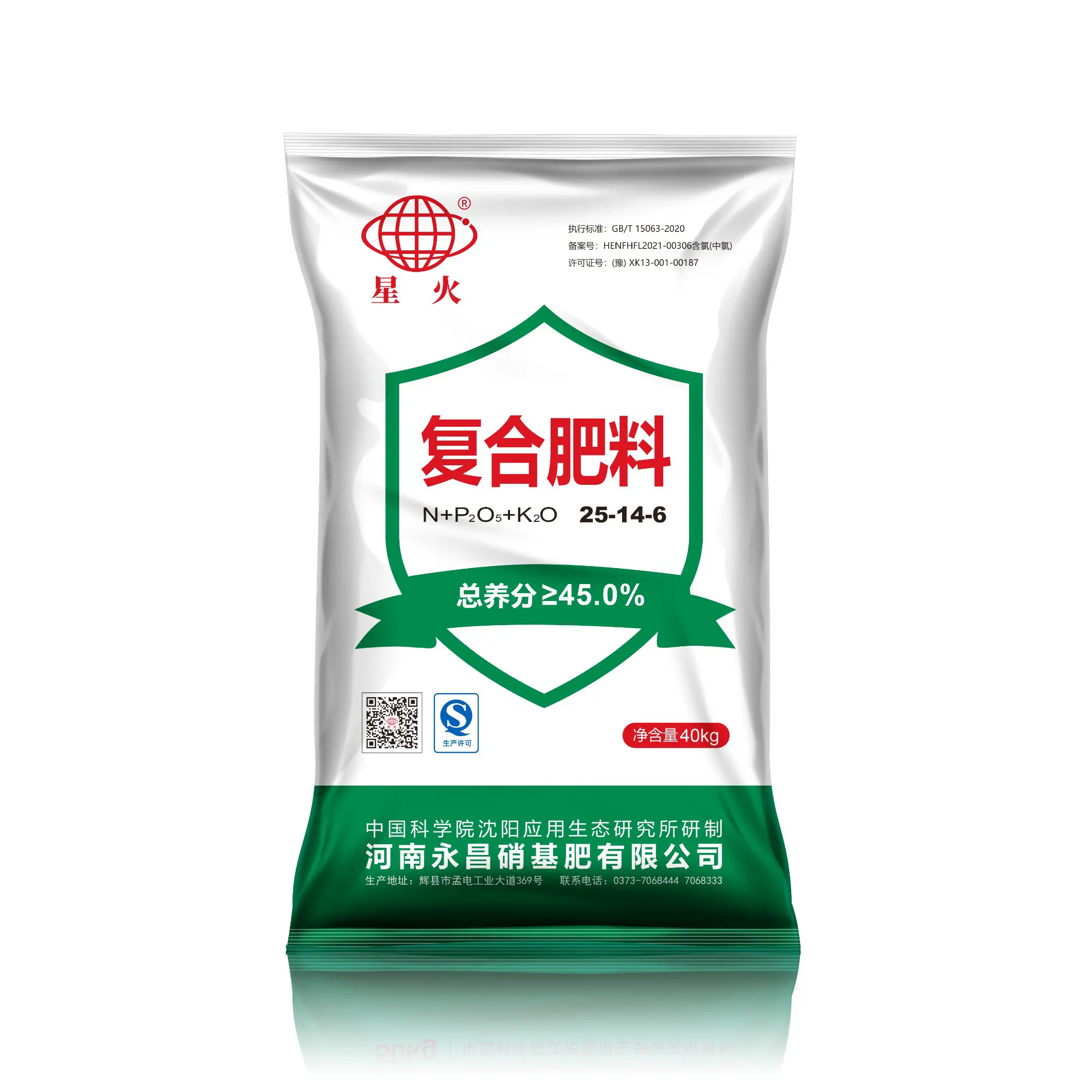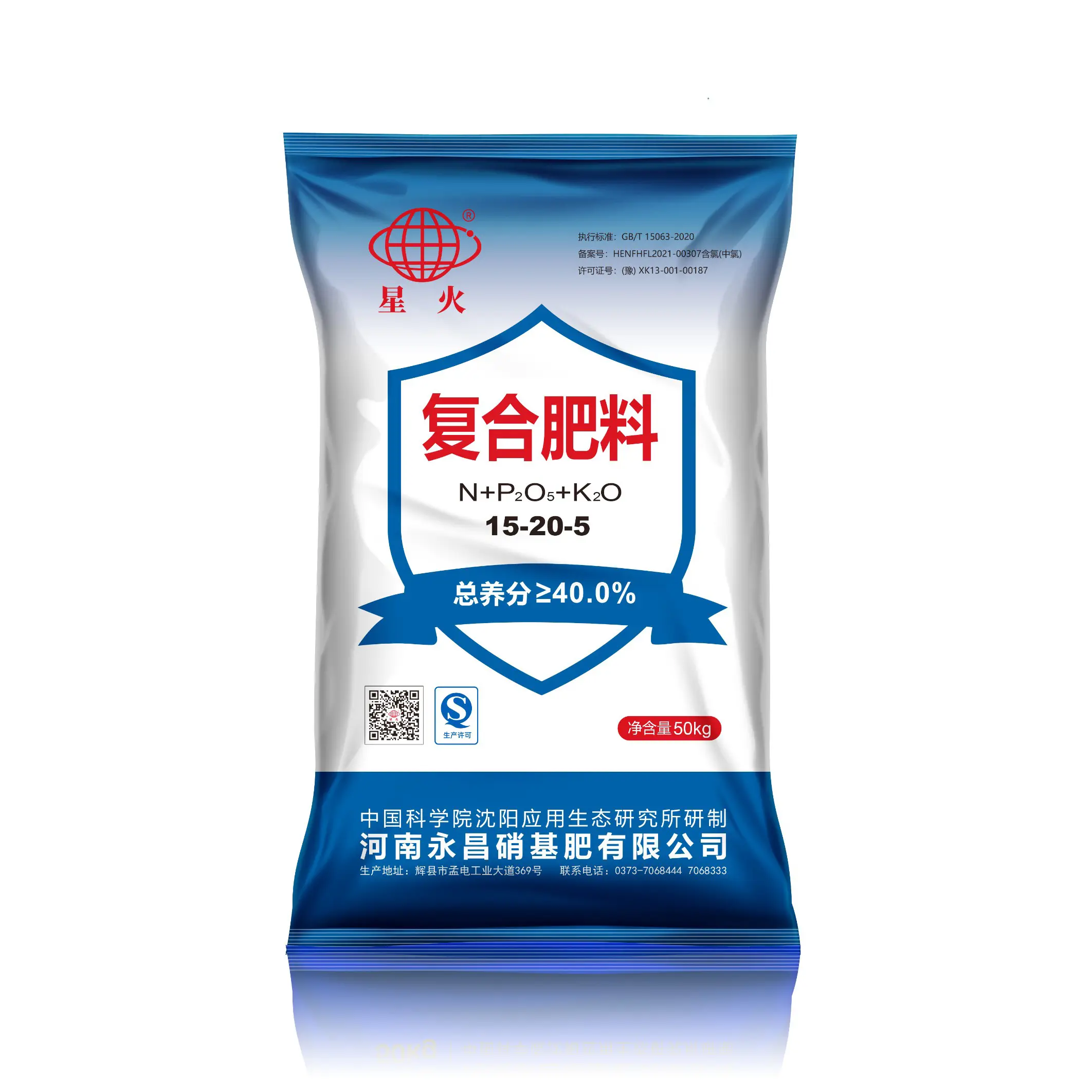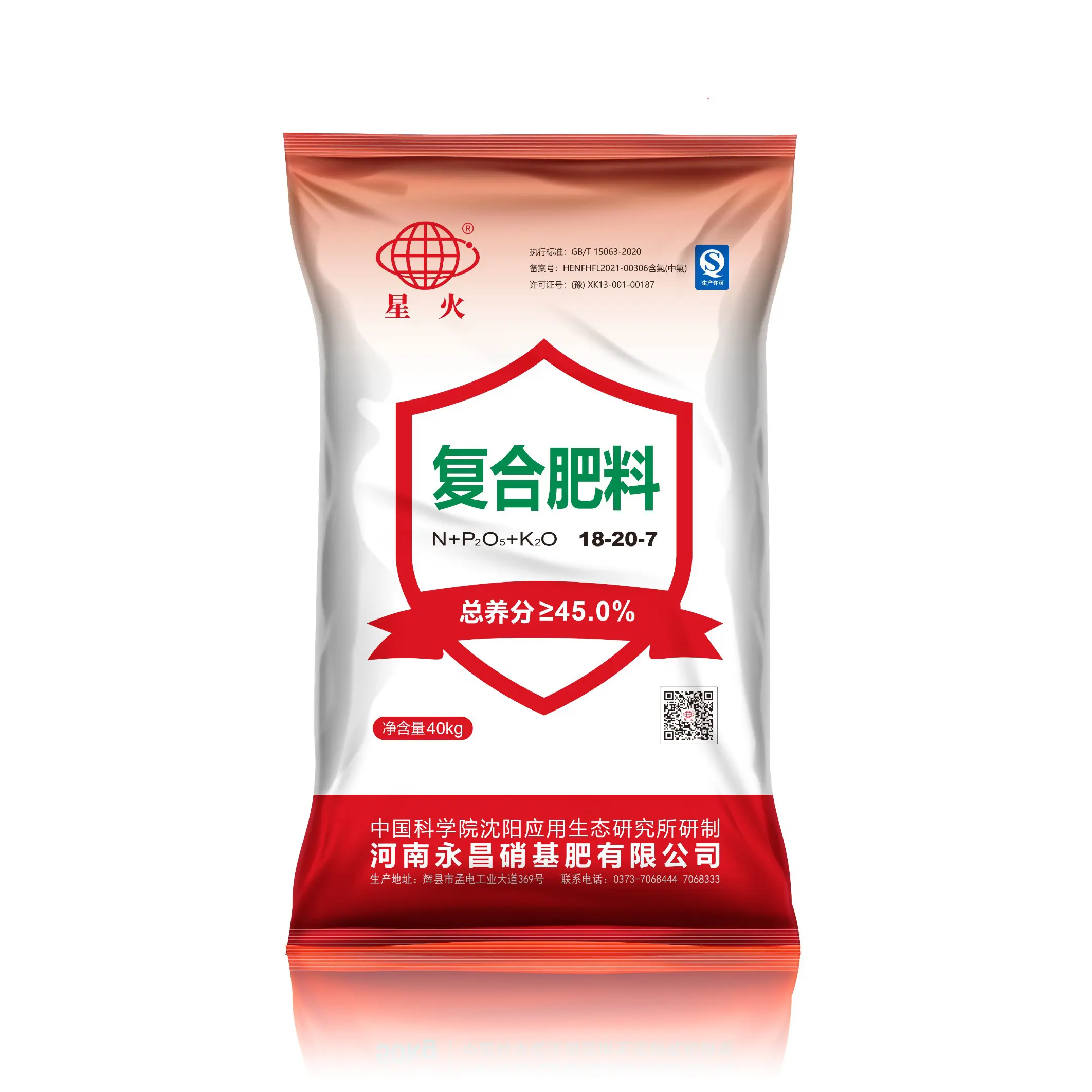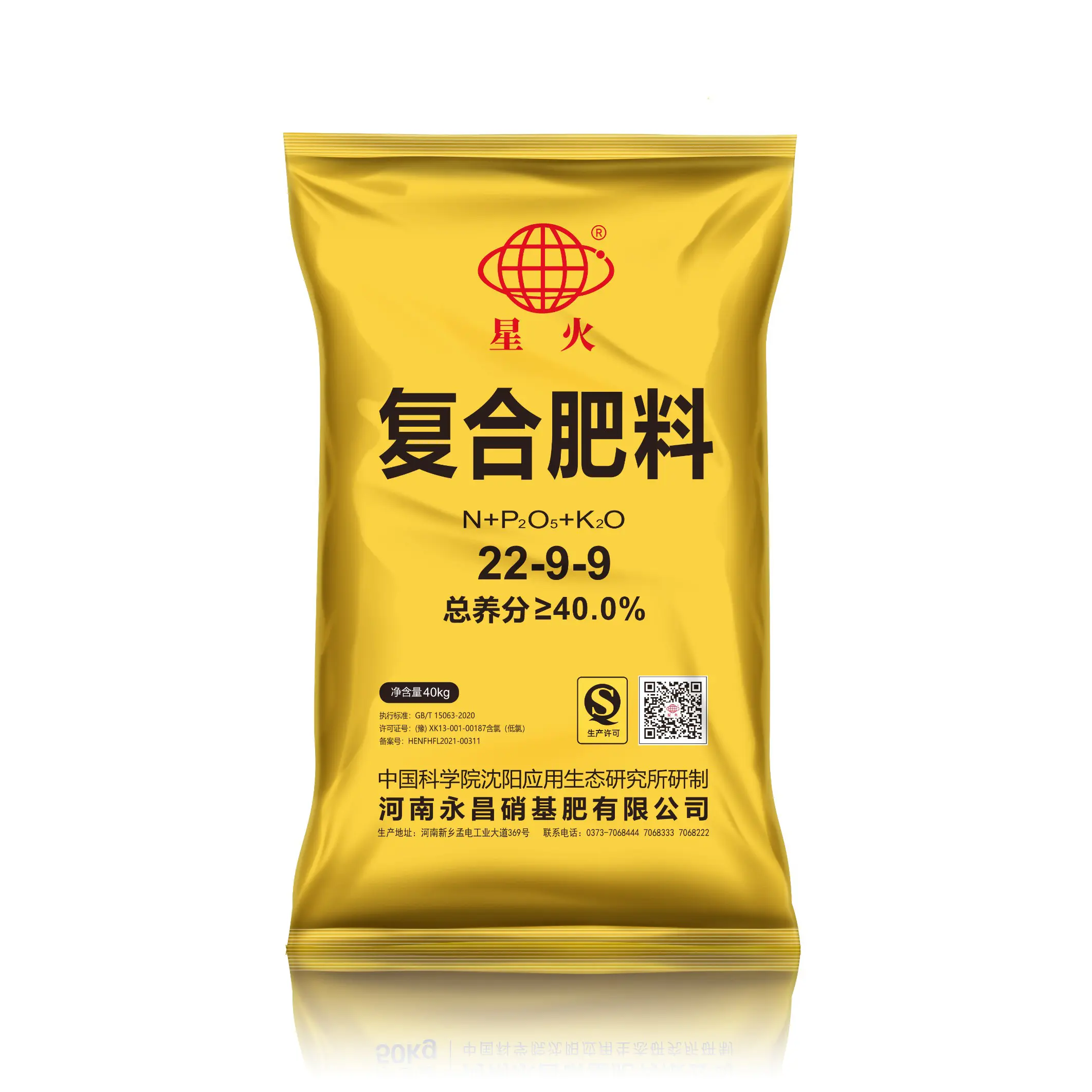Urea-Based Fertilizers: Affordable Expertise, Customized Growth
description1
Below are the main crops suitable for urea-based fertilizers and usage recommendations:
I. Suitable Crop Categories
1. Cereal Crops: Rice, wheat, corn, sorghum, barley, etc.
2. Economic Crops: Cotton, sugarcane, rapeseed, tobacco, etc.
3. Fruit Trees: Apple, citrus, grape, pear, etc.
4. Tuber/Root Crops: Potato, sweet potato, radish, sugar beet, etc.
5. Vegetables (Require Proper Application): Cabbage, kale, cauliflower, and other leafy vegetables with compact heads.
II. Crops Unsuitable or Requiring Caution
1. Seedlings or Root-Sensitive Crops
2. Crops in Saline-Alkali or Arid Regions
3. Chloride-Sensitive Crops Needing Controlled Nitrogen: Watermelon, strawberry (nitrogen-sensitive; excess causes fruit cracking), blueberry (prefers acidic soil).
Summary: Urea-based fertilizers are suitable for nitrogen-demanding, long-growth-period crops with sufficient soil moisture (e.g., rice, wheat, cotton). However, deep application, split dosing, and soil cover are critical. For fast-growing crops, saline-alkali soils, or seedlings, use cautiously and prioritize nitrate nitrogen or sulfur-based fertilizers (e.g., Compound Fertilizers, NPK blends). Scientific management maximizes their cost-effectiveness and stable efficacy while preventing seedling burn or nitrogen loss.
Applications:
This product is suitable for cereal crops (such as wheat and corn) and cash crops (including peanuts, soybeans, rapeseed, and cotton).
1. Application Methods:
● Deep Application with Soil Cover: Reduces ammonia volatilization and improves utilization (surface application can result in >30% loss).
● Combine with Irrigation: Irrigate promptly after application in drylands to promote urea hydrolysis.
● Split Dressing: Avoid single excessive doses, especially for long-growth-period crops.
2. Fertilizer Combinations:
● Mix with Organic Fertilizers: Slows urea conversion and reduces root-burning risks.
● Apply with Phosphorus and Potassium Fertilizers: Use superphosphate (avoid direct mixing) and potassium sulfate to balance nutrients.
3. Environmental Adaptations:
● Temperature: Below 10°C, urea conversion slows; apply earlier or switch to nitrate nitrogen fertilizers.
● Soil Type: Clay soils retain nutrients better; sandy soils require frequent, small applications.
Product Name |
Nitro-urea compound fertilizer |
Appearance |
White granules |
Regular formulas |
25-14-6; 22-9-9; 18-20-7; 15-20-5 |
Formula |
Total N ≥ |
P2O5 O ≥ |
K2O ≥ |
Total Nutrients ≥ |
Moisture ≤ |
25-14-6 |
25.0 |
14.0 |
6.0 |
45.2 |
0.22 |
22-9-9 |
22.0 |
9.0 |
9.0 |
40.15 |
0.32 |
18-20-7 |
18.0 |
20.0 |
7.0 |
45.12 |
0.24 |
15-20-5 |
15.0 |
20.0 |
5.0 |
40.2 |
0.25 |
Why Choose Henan Yongchang for Urea-based compound fertilizers
Production Capacity & Global Expertise
Boasting an annual output of 300,000 metric tons with guaranteed on-time delivery, supported by mature export infrastructure ensuring frictionless cross-border logistics.
Production Process Advantages
Utilizing drum melting granulation technology, this method ensures uniform granules with extremely low moisture content and controlled biuret levels (typically <1.5%), enhancing product stability and safety.
Cost Efficiency
Urea serves as the primary nitrogen source, offering a price advantage over nitrate-based fertilizers while maintaining high cost-effectiveness.
Customization Capabilities
Flexible customization options are available to meet client-specific formulations, tailored to diverse crop and soil requirements.
